In the Netherlands, there are different types of housing options. You can rent or buy a house. But whether you have a home in the private or social sector also makes a big difference to your living situation. In addition, each type of housing works slightly different with how you can get it. In this article, we will set apart all the types of housing in the Netherlands. After reading this blog post, you will know exactly which options you have when you are going to start living on your own.
Private sector rental houses
In the Netherlands, we have the so-called private and social sectors. The private sector is housing that is mostly accommodated by private companies. Also, individuals that own one or several houses can rent out their accommodations in this sector. Officially you are renting a private sector house when the rent is higher than €763,47.
Social housing corporations sometimes also rent out houses that have a rent higher than €763,47. This is because some of their properties are getting more worth over time due to renovation, the increase in value of the real estate, or because the area where the house is located is getting popular. Woonnet Rijnmond for example rents out a house in downtown Rotterdam with a rent of €1.530 a month. You can see an image of this house below.
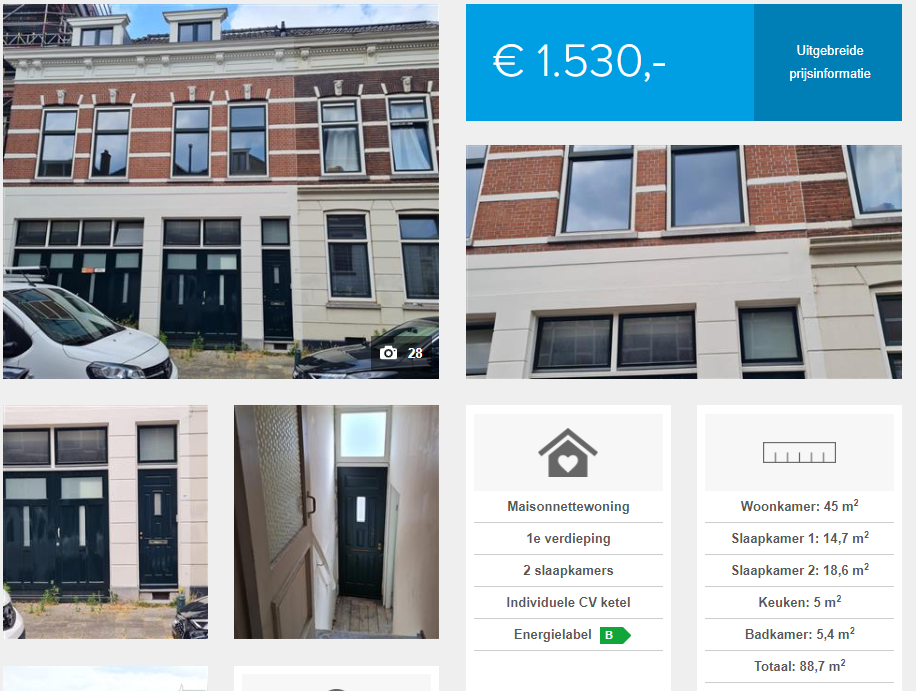
So, you have private companies and individuals that rent out private sector housing. But housing corporations that usually rent out social housing, sometimes also rent out private sector housing. Confusing right? That is why I wrote this article to clear things up for you.
The biggest pro of renting a house in the private housing sector is that the waiting times are not that long. Often you can apply for houses right away and within a couple of weeks, you can move into your new house. For example, a friend of mine recently moved in with his girlfriend. They applied for three houses and within one month they got the home where they now live together.
A very big con of private housing is that there is no limit on how much rent a landlord can ask for its property. In this way, prices for rent in the private sector can get very high. That is also what is happening right now with the shortage of homes on the housing market. Another big con of renting in the private sector is that you are excluded from the rent allowance. More about this later in this blog.
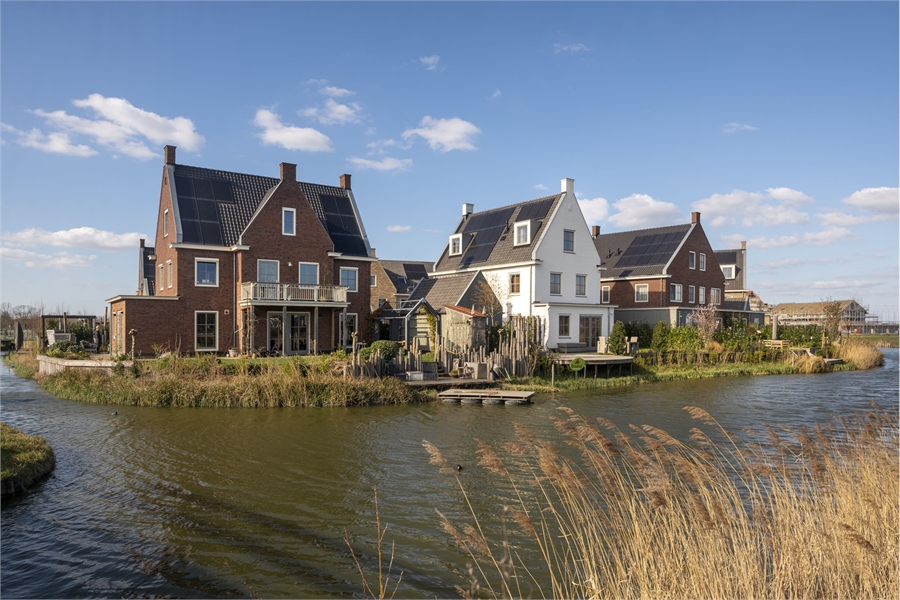
Private sector owner-occupied houses
Owner-occupied houses are homes that you as an individual can buy and have in your possession. This type of housing is commonly sold in the private sector, but every now and then also in the social housing sector. when you want to buy or sell a house, you can do this through a real estate agent. In Maassluis we got the agency of Dolphijn NVM Makelaardij that helps people out with this.
Agencies like Dolphijn NVM Makelaardij promote houses online from people wo want to sell their houses. In the Netherlands, Funda is the biggest platform where real estate agencies can place advertisements of the houses that they are selling.
A pro of buying a house is that you slowly pay off your mortgage. This indeed costs many years. But when you do, the property is entirely yours and you will have a large equity at your disposal. A big con of buying a house is that you are carrying all the risk. For example, when after 20 years your fixed-rate period is coming to an end and the interest rates have increased, then you suddenly have to pay a lot more money to your bank. Also, when your home gets damaged or needs maintenance, you are the one that has to pay up for all the expenses.
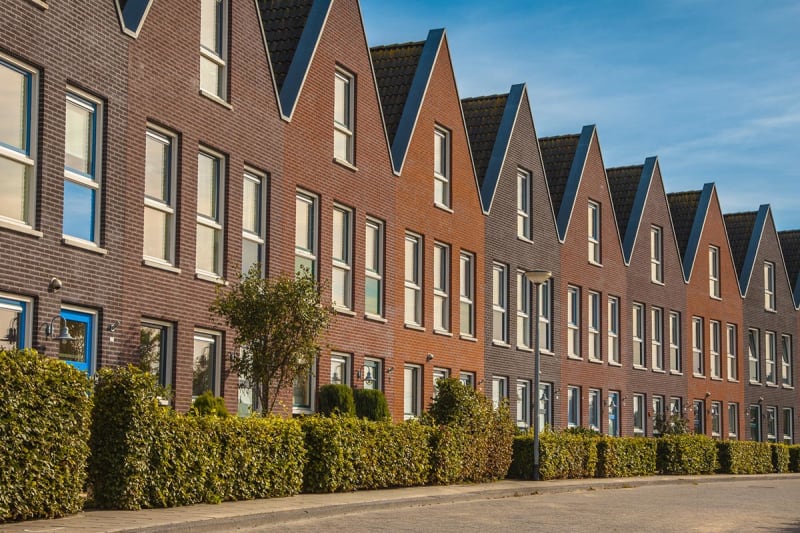
New constructed houses
Newly constructed houses are broadly the same as owner-occupied houses. The difference is that you buy newly constructed homes before, or when they are being constructed. The new homes are built by contractors. The projects are commissioned by housing corporations and project developers. Another big difference is that you buy newly constructed houses “free by name”. This means that you are the first one that buys the house, and therefore do not have to buy it from a previous owner. Because of this, you don’t have to pay any notary fees. This is because there is no transfer between an owner and a buyer. There are also some other exceptions with newly constructed homes. You can read all about it on this page of notaris.nl.
As for the pros and cons. Those are the same as with owner-occupied houses. An important con that comes as an exception on newly constructed houses is that the moment from buying, till finally moving into your new house, can take a couple of yours. The real building process only takes one year approximately. But the additional matters can also take a lot of time. For example, I have a friend who bought a new house three years ago but still doesn’t live there because they are still not finished with construction.
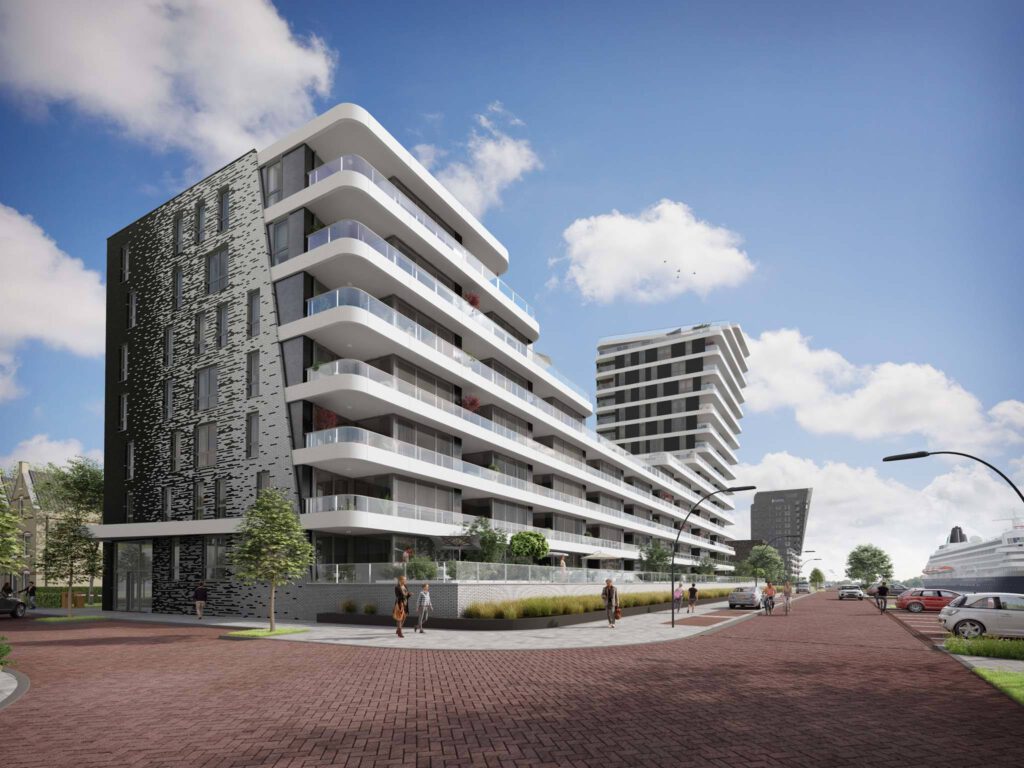
Social housing rental homes
As mentioned earlier in this article, we have private and social housing in the Netherlands. The social sector is housing that is accommodated by social housing corporations. Officially you are renting a social sector house when the rent is lower than €763,47. Social housing is meant for people with a low income. Therefore, you cannot apply for social housing when your income is too high. How this exactly works, you can read in the blog post “social housing and how to apply for it”.
A very important feature of social housing is that it is regulated by the government. In this way, housing corporations are limited with how much rent they can ask from their tenants and you are paying a fair price for your social renting home. In the private sector, there is no such kind of regulation. Therefore, landlords can ask for very high rental prices for their properties.
social rental homes got two important pros. The first one is that you can rent a house or apartment for relatively cheap. The second one is that you can also apply for a rent allowance. This is an allowance for people with a low income. How much rent allowance you receive depends on your income. This comes in handy for young adults who are still studying (like in my case). Students cannot work full-time because of their studies and therefore can’t earn that much. Rent allowance can come in handy on such occasions. But, there is a maximum of how much you can get. You must always pay a minimum part of your rent yourself. The baseline of this minimum part is set at €235.
A major con of social rented homes is that there is a tremendous shortage of them at the moment. How much exactly, I have discussed in my previous blog. This shortage results in very long waiting times. Also, the bar for when you are not eligible anymore for social housing is quite low for highly educated young adults.
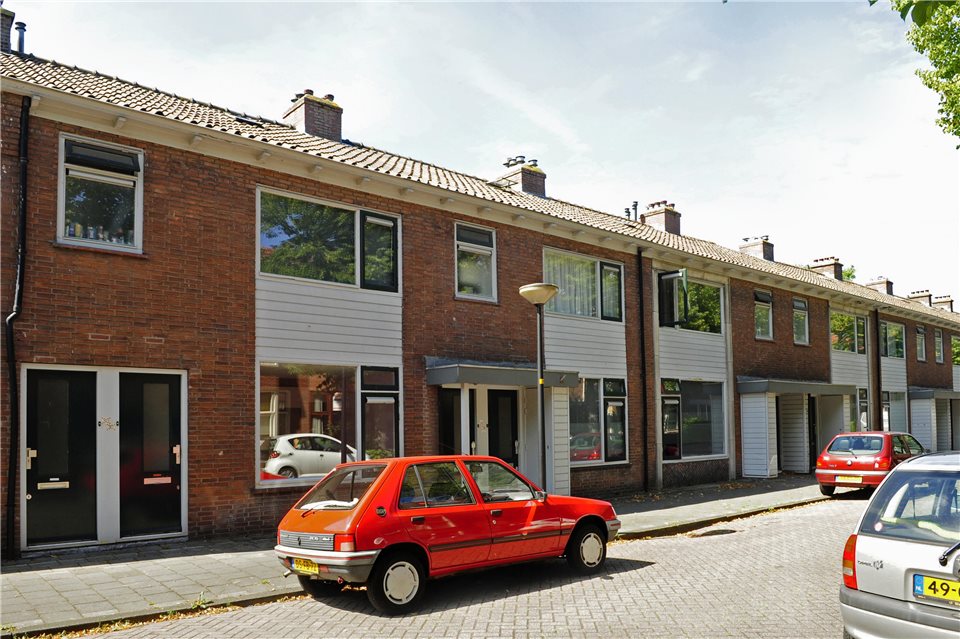
Social housing owner-occupied homes
As I previously mentioned, in the social housing sector they also sometimes sell houses. The thought behind this is that the government also wants to give people with a lower income the chance of getting an owner-occupied home. In this way, they also have the opportunity to build up their equity. Because these kinds of properties are subsidized by the government, they sell way lower than in the private sector. for example, a house in the private sector now cost around €428.000. While the maximum price for a house in the social sector is set at €325.000.
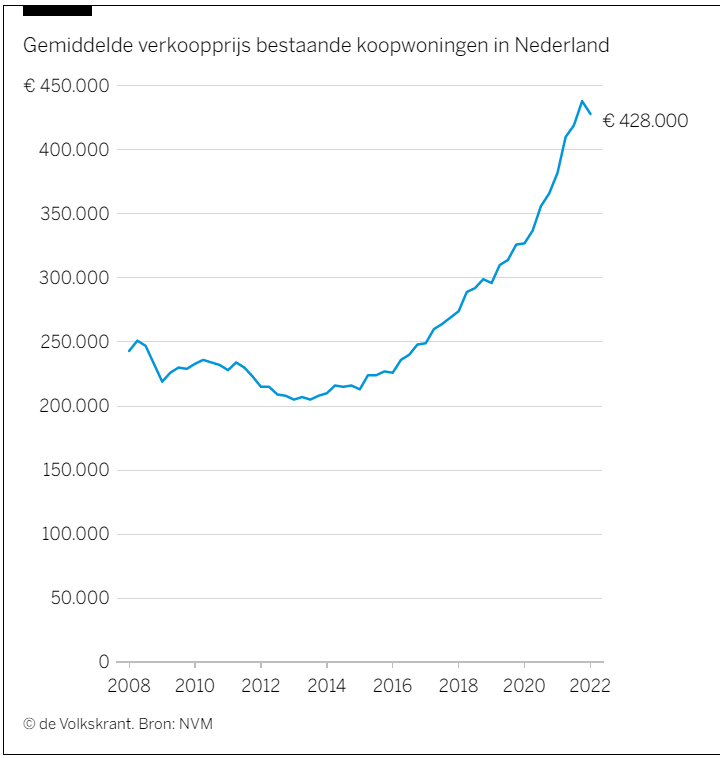
A pro of this type of housing is that it gives you a lot of security. For example, when you want to sell the house again, the social housing corporation will buy it back from you. Also, you share the losses and profits on the house with the corporation. When for example, the house will drop in value and you have to sell the house with a loss of €50.000, then the corporation will pay €25.000 to compensate you for this loss. Unfortunately, this also works the other way around. Which makes it a little downside in that particular situation.
A con of owner-occupied homes is that, just like with other social housing, there is way too less of it. A major factor in how this came to be is that nowadays it simply too expensive for social housing corporations to build this type of housing.
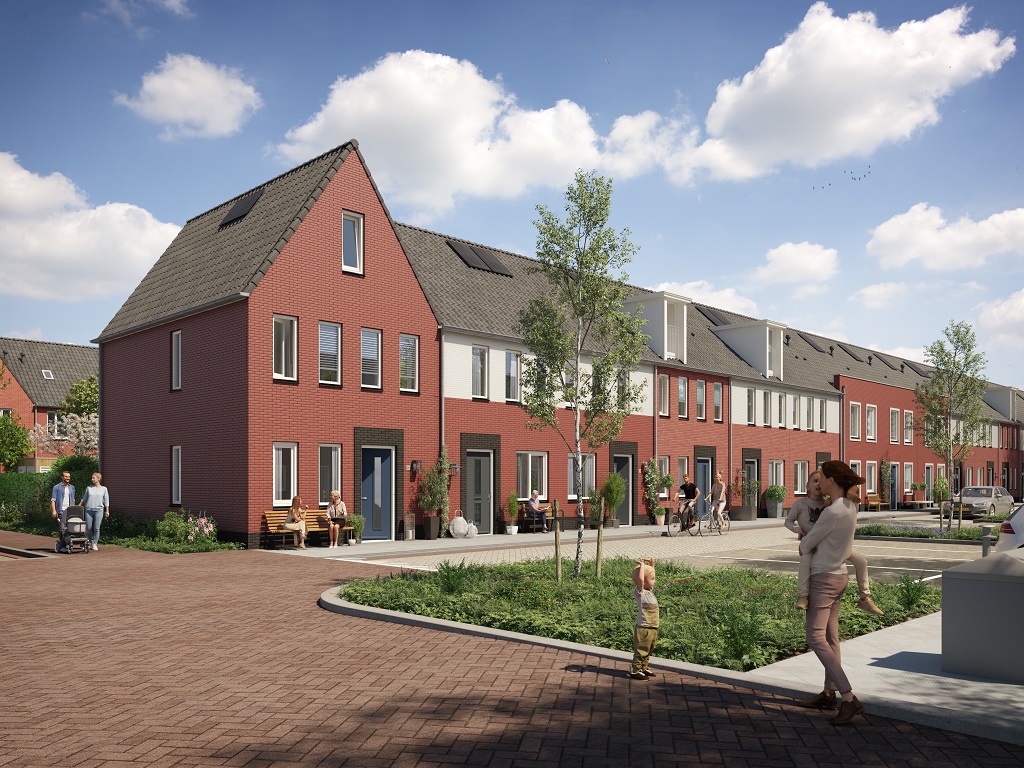
Anti-squad & temporary rent
Buildings often stay empty for several months, and sometimes even years, before they get demolished. This is because building projects sometimes get delayed. Nowadays this happens often because of the nitrogen crisis. In between times that a building stays empty and the moment it gets demolished, housing corporations and municipalities want to prevent that empty buildings are getting squatted. Therefore Anti-squad and temporary rent were invented as housing types.
To motivate people to live in these kinds of houses, they can rent them for a really low price. For example, you can rent a house of 56 m2 in Rotterdam for just €192 a month. Just like for social housing there are also platforms for anti-squad and temporary rent. A nationwide platform for this is Villex.
Anti-squad and temporary rent are almost the same types of housing. The difference between the two is that with temporary housing you are guaranteed that you can live in the house for at least six months. Also, when you have to leave the property again, you have at least three months to do so. With anti-squad housing, you don’t have the guarantee that you can live somewhere for a certain period of time. They can kick you out of the house whenever they want to. The only regulation there is is that you have a cancellation period of 28 days before you have to move out.
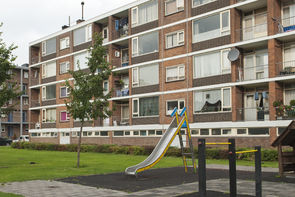
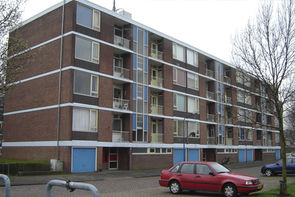
So, the pro of anti-squad and temporary rent is that you can live in an apartment for really cheap. Therefore, for students who want to live on their own, or with friends this is a really great opportunity. The big downside of this type of housing is that you can’t really settle in properly because the change is very big that after half a year you have to move out again.
Also, what is currently at play with the war in Ukraine, is that a lot of Ukrainian refugees are now accommodated in Anti-squad and temporary renting homes. For example, we have a building in Maassluis called “De Vliet”. This building was allocated as an anti-squad apartment. But, a couple of months ago they decided to accommodate Ukrainians in De Vliet. This is happening all over the country and as a result, a lot of anti-squad and temporary renting homes are no longer available anymore for the public to rent. Unfortunately, this makes it yet again a little bit harder for young adults to get a house.
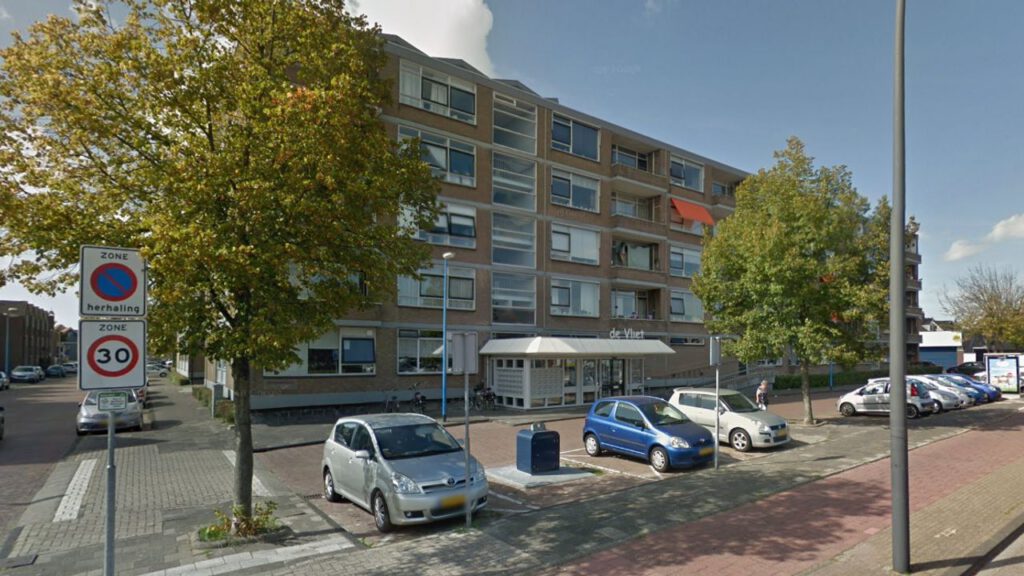
Which type of housing suits you the best?
As you now know some housing types are very expensive, but luckily there are also still affordable options left. Which housing type suits you the best really relies on your financial situation and in which phase of your life you are currently in. In upcoming blog posts, we are going to delve deeper into every housing type separately. The first article about “social housing and how to apply for it” is already uploaded on the blog. Read it now to find out more about this housing type.
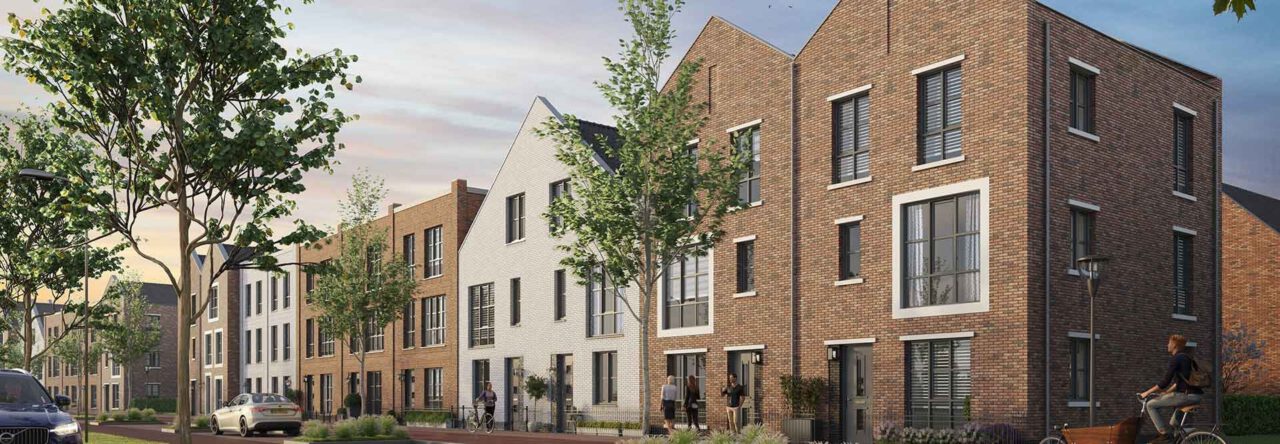
Leave a Reply